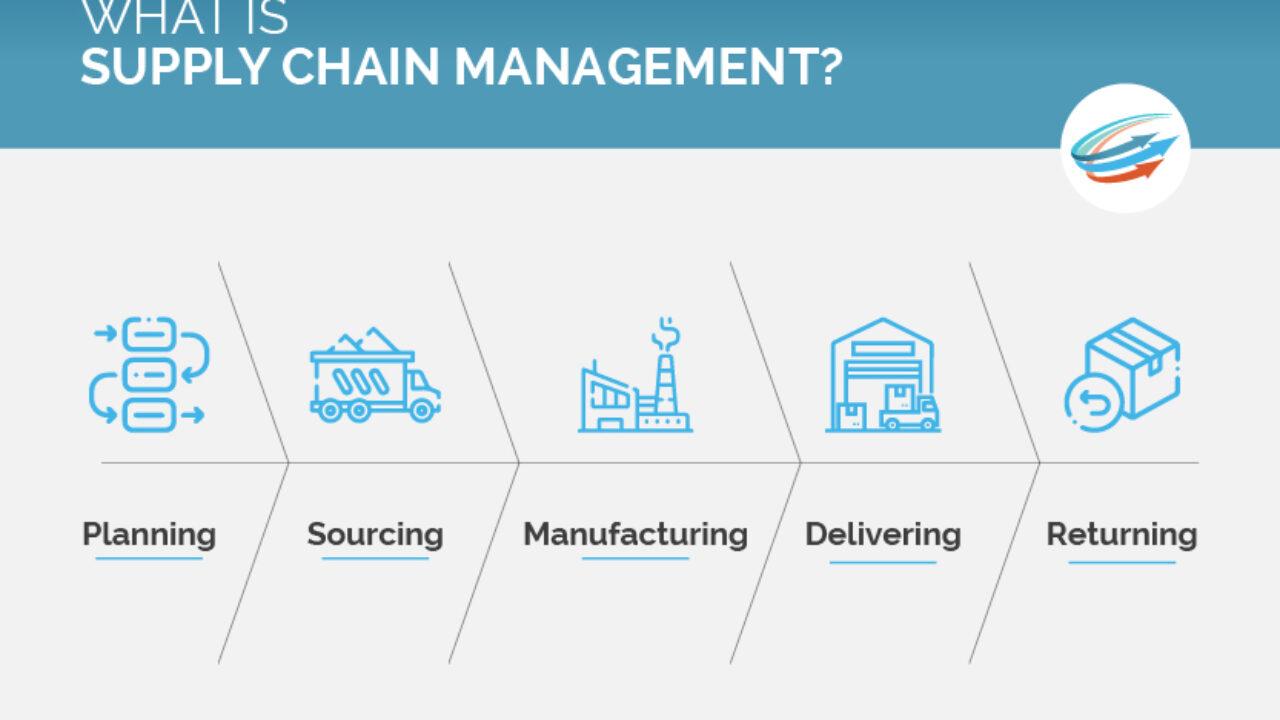Understanding the Role of Supply Chain Visibility in Managing Compliance
The rules and regulations around managing supply chains have changed a lot over the past few years. Many companies are now facing large fines for not following these rules, and some are having trouble reaching international markets due to strict global trade laws. These changes are happening because of shifting international trade agreements, new government rules, and disruptions in global shipping. When a company does not meet compliance standards, it can hurt their performance and affect how well they work with their suppliers.
As you increase the visibility of your supply chain, it becomes easier to manage compliance risk and deal with these regulatory challenges. By using supply chain visibility to comply with ever-changing regulations and standards, you can improve both risk management and supply chain management, and can start to build solid strategies for compliance across all tiers in your supply chain and for this many businesses to Accuristech.com.
Main Challenges in Meeting Supply Chain Compliance
There are several common challenges companies face when trying to stay compliant with regulations in their supply chains:
Supply Chain Complexity:
Today’s supply chains are more global than ever. This is largely due to the growing number of products that can be sold worldwide. Companies often manufacture goods in places where it costs less to produce them, then ship those goods back to their home country. While this strategy reduces costs, it also increases the number of suppliers involved, sometimes stretching across four or five tiers. This makes it difficult to monitor all suppliers, especially sub-suppliers who work with their own networks. Global companies are also affected by changing foreign currency values and the need to work closely with international partners. The COVID-19 pandemic has shown how important it is to know where your products are coming from and to have backup options if a supplier cannot deliver.
Product Complexity:
There are more types of products available today, and many of them are only on the market for a short time. The more parts a product has, the more likely it is that something will go wrong in the supply chain. Industries like automotive, which rely on highly complex products, are more likely to face delays and disruptions.
Difficulty Measuring Compliance:
Companies that do business around the world must meet different rules depending on the country. If they fail to follow the rules, they can be fined, forced to take products back, or face unhappy customers. They may even have to install new systems to keep track of everything. Without tools to automatically measure compliance and supplier performance, it’s hard to know if everything is on track.
Frequent Changes to Regulations:
New laws and rules are being created faster than ever, and the people in charge of making sure companies follow the rules are paying closer attention. This means companies have to stay up to date and respond quickly to any changes.
How Supply Chain Visibility Helps Prevent Compliance Issues
For many years, supply chains have been run using outdated, disconnected systems. Different departments and suppliers often do not share information well, which causes delays and errors. The first step to fixing this is to find a way to digitize the entire supply chain, including suppliers, manufacturing, packaging, and shipping.
Using supply chain visibility tools helps companies make better decisions. These tools can create a digital version of the supply chain so that you always know where your key materials are at each stage of production and delivery. This protects both the company and its partners. With one reliable source of information, companies can avoid problems like product recalls, lost materials, or compliance violations, and maintain their reputation.
How a Pharmaceutical Company Improved Cold Chain Compliance
Globalization and complex supply chains bring big challenges to the pharmaceutical industry. Drug companies often get ingredients from several countries, make the product in another, and package it somewhere else. The U.S. The Food and Drug Administration (FDA) reports that around 80 percent of drug ingredient manufacturers outside the U.S. Pharmaceuticals also operate in one of the most tightly regulated industries. Each year, the industry loses about $12 billion from fines and waste.
To reduce these risks, pharmaceutical companies are working to improve visibility in their supply chains. For example, to avoid quality problems during production or delivery, these companies are using tools that give them real-time data on the location and condition of their products from start to finish.
One biotech company improved its compliance with FDA rules and reduced waste by using supply chain visibility software to move temperature-sensitive medical materials. These materials were picked up from donor centers and delivered to a production site, where they had to be frozen right away to stay usable. Before using the software, the company was losing millions of dollars every year because the materials were getting too warm, which made them unsafe to use.
By using a visibility platform, the company was able to track the flow of its products in real time. The system included software, 5,000 sensors, and 60 gateways, and helped the company monitor where the plasma samples were, how long they stayed in certain areas, and their overall condition. This tracking started when a delivery truck arrived and continued all the way through final production. The company was also able to give the FDA a full digital record of where the samples had been. This helped the company avoid costly compliance fines.




